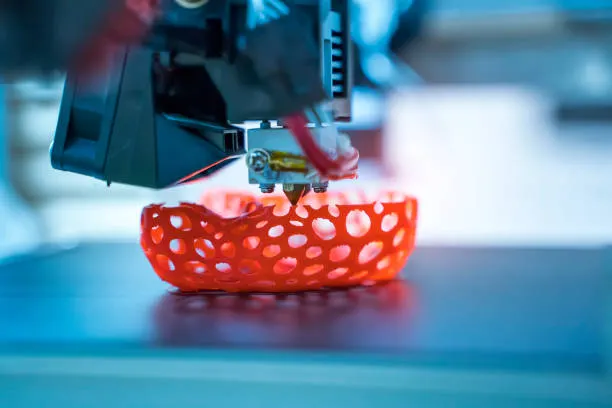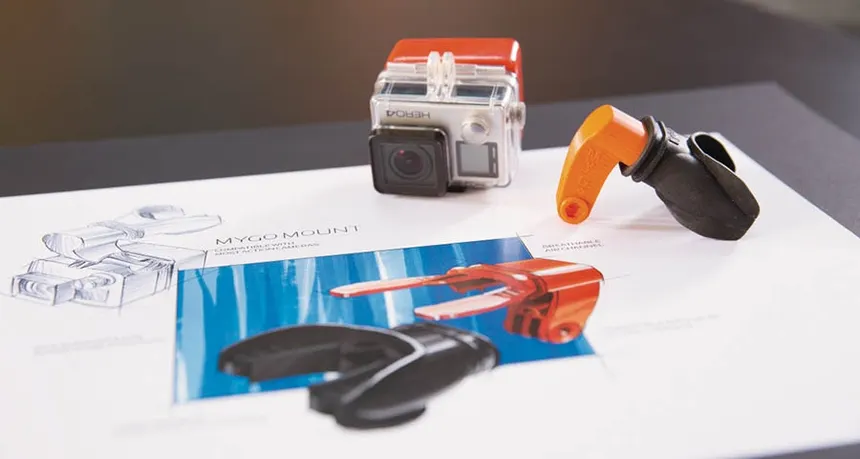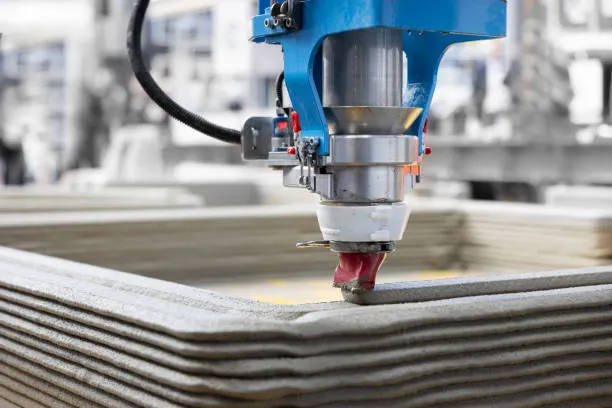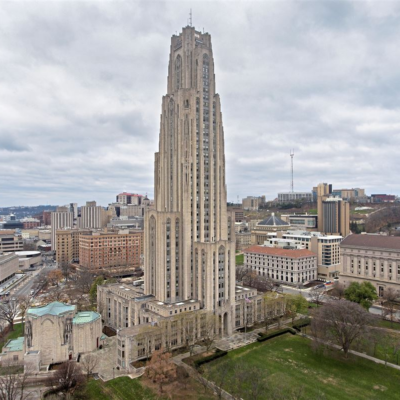A New Era of Construction
The construction industry is experiencing a groundbreaking transformation, thanks to 3D printing technology. What was once considered a futuristic dream is now a reality, allowing companies to build homes, offices, and even entire communities faster, cheaper, and with less environmental impact.
What is 3D Printing in Construction?
3 D printing, also known as additive manufacturing, is the process of creating three-dimensional objects layer by layer using digital blueprints. In construction, this technology involves large-scale 3D printers that extrude materials like concrete, plastic, and even metal to create building structures.

Benefits of 3D Printing in Construction
1. Faster Construction
- Traditional construction takes months or even years; 3 D printing can complete structures in a matter of days.
- Automated processes reduce the reliance on manual labor, increasing efficiency.
2. Lower Costs
- Reduces material waste, as 3D printing uses only the necessary amount of material.
- Decreases labor costs due to automation.
- Speeds up project completion, reducing overhead costs.
3. Sustainability and Environmental Benefits
- Uses eco-friendly and recycled materials, reducing the carbon footprint.
- Creates energy-efficient buildings that require fewer resources.
- Reduces transportation emissions, as materials can be printed on-site.
4. Customization and Design Flexibility
- Architects and engineers can create complex and innovative designs that would be difficult with traditional methods.
- Allows for personalized and affordable housing solutions.
5. Improved Safety
- Minimizes the risk of accidents by reducing the need for manual labor.
- Works in hazardous environments where human workers would be at risk.

How 3D Printing is Used in Construction
1. Building Houses and Apartments
- Entire homes are being 3D-printed in less than 24 hours.
- Countries like the U.S., China, and the UAE are leading in 3D-printed housing projects.
2. Bridges and Infrastructure
- 3D-printed bridges made from reinforced concrete and steel are being tested worldwide.
- Reduces time and costs for infrastructure projects.
3. Disaster Relief and Affordable Housing
- 3D printing can quickly create shelters for victims of natural disasters.
- Helps address housing shortages by offering low-cost homes to underprivileged communities.
4. Commercial and Office Spaces
- Large-scale buildings, including offices and retail spaces, are being created using 3D printing.
- Improves construction speed for urban development projects.
Challenges and Limitations
1. High Initial Investment
- The cost of 3D printers and materials can be expensive for companies adopting the technology.
- Training and skilled workforce are required for operating the machines.
2. Material Limitations
- Not all construction materials are suitable for 3D printing.
- Research is ongoing to develop stronger and more sustainable printable materials.
3. Regulatory and Legal Barriers
- Building codes and regulations need to be updated to accommodate 3D-printed structures.
- Governments and policymakers must work on setting new safety standards.
4. Public Perception and Adoption
- Many people are skeptical about the durability and safety of 3D-printed buildings.
- Education and awareness are needed to increase acceptance.

Future of 3D Printing in Construction
1. Integration with Smart Technologies
- Combining 3D printing with AI and robotics to further improve efficiency.
- Smart buildings with embedded sensors for better energy management.
2. Mars and Space Colonization
- NASA and SpaceX are exploring 3D printing to build structures on Mars and the Moon.
- Reduces the need for transporting building materials from Earth.
3. Larger and More Complex Projects
- As technology advances, skyscrapers and mega-structures may be built using 3D printing.
- Potential for fully automated construction sites.
Conclusion: A Revolutionary Change in the Industry
3D printing is no longer just a concept; it is actively shaping the future of construction. With its ability to reduce costs, increase speed, and improve sustainability, this technology is a game-changer. While challenges exist, continuous research and advancements in materials and regulations will further push the boundaries of what 3D printing can achieve in the construction industry. The future of building is here, and it is being printed layer by layer.
Revolutionary Breakthroughs in Cancer Treatment & Early Detection: A New Era of Hope






